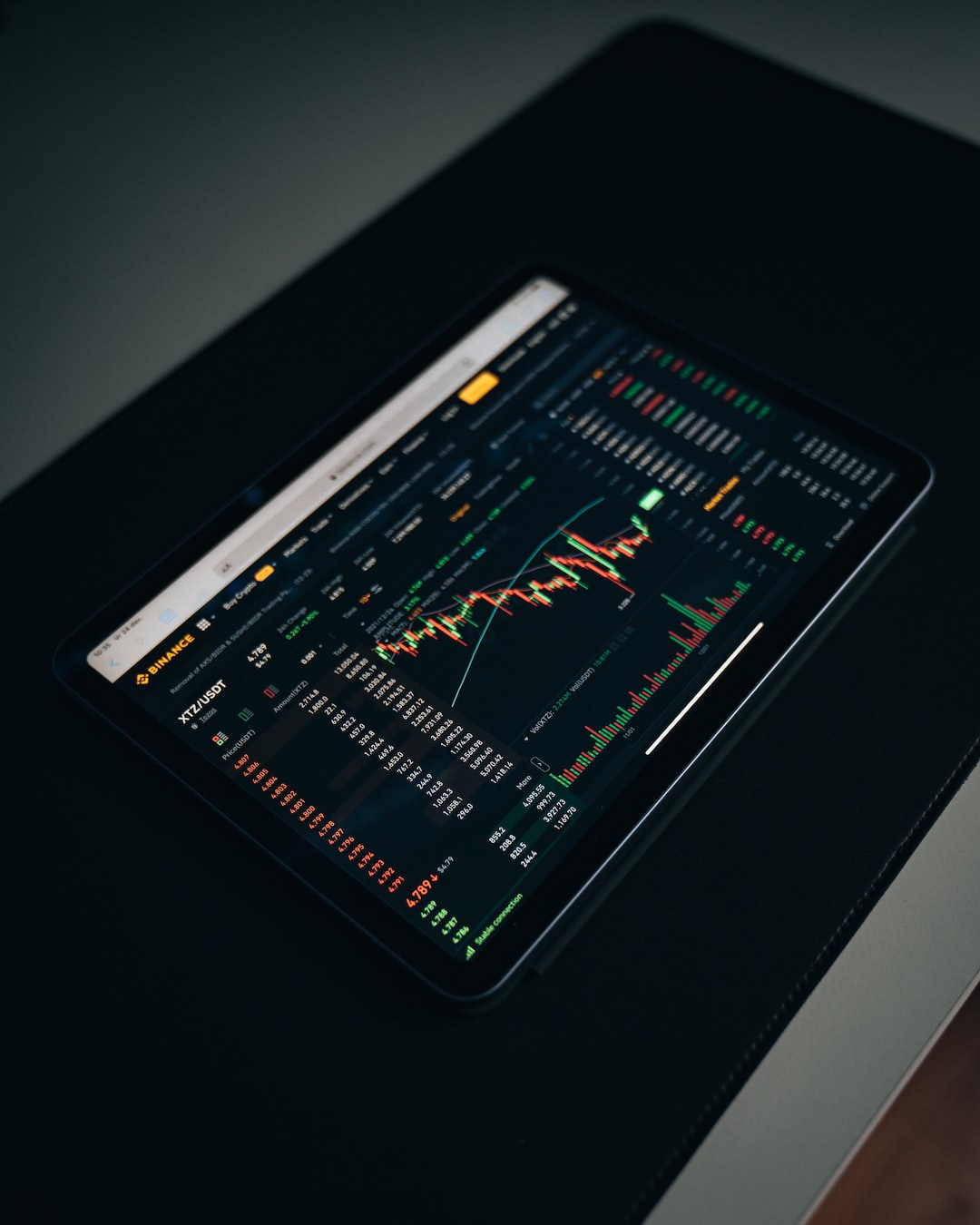Forex trading is a highly lucrative market, with trillions of dollars being traded every day. The forex market is open 24 hours a day, five days a week, and traders have the flexibility to choose their own trading hours. However, choosing the right time frame to trade can have a significant impact on your trading performance and profitability. In this article, we will explore the different time frames available in forex trading and which one is the most profitable.
Time frames in forex trading:
Before we delve into the most profitable time frame to trade, let’s first understand what time frames are in forex trading. Time frames refer to the length of time a trader chooses to hold onto a particular trade. In forex trading, there are several time frames available, ranging from seconds to months. The most commonly used time frames are:
1. Scalping: This is the shortest time frame available in forex trading, where traders hold onto a trade for seconds or minutes. Scalping requires traders to make quick decisions and take advantage of small price movements in the market.
2. Day trading: This time frame involves holding onto a trade for a day or less. Day traders look for short-term price movements and take advantage of them to make profits.
3. Swing trading: This time frame involves holding onto a trade for several days to a week. Swing traders look for medium-term price movements and aim to make profits from them.
4. Position trading: This time frame involves holding onto a trade for several weeks to months. Position traders look for long-term price movements and aim to make profits from them.
Which time frame is the most profitable?
Now that we understand the different time frames available in forex trading, let’s explore which one is the most profitable. The truth is, there is no one-size-fits-all answer to this question. The profitability of a time frame depends on several factors, including the trader’s trading style, risk tolerance, trading strategy, and market conditions.
Scalping:
Scalping is a highly profitable time frame, but it requires a lot of skill and experience. Scalpers make profits by taking advantage of small price movements in the market, but they need to be skilled at identifying these movements quickly. Scalping requires traders to have a high-risk tolerance and a lot of discipline as they need to make quick decisions and exit trades before they turn into losses. Scalping is not recommended for beginners as it is a high-risk and high-reward strategy.
Day trading:
Day trading is a popular time frame among forex traders as it is less risky than scalping and offers good profit potential. Day traders look for short-term price movements and aim to make profits from them. Day trading requires traders to have a good understanding of technical analysis and market trends. Day traders need to be disciplined and have a good risk management strategy to avoid big losses.
Swing trading:
Swing trading is a medium-term strategy that offers good profit potential and is less risky than scalping and day trading. Swing traders look for medium-term price movements and aim to make profits from them. Swing trading requires traders to have a good understanding of technical analysis and market trends. Swing traders need to be disciplined and have a good risk management strategy to avoid big losses.
Position trading:
Position trading is a long-term strategy that offers good profit potential, but it is the least profitable time frame in terms of the number of trades made. Position traders look for long-term price movements and aim to make profits from them. Position traders need to have a good understanding of fundamental analysis and market trends. Position traders need to be patient and have a good risk management strategy to avoid big losses.
Conclusion:
In conclusion, there is no one-size-fits-all answer to the question of which time frame is the most profitable in forex trading. The profitability of a time frame depends on several factors, including the trader’s trading style, risk tolerance, trading strategy, and market conditions. Traders need to choose a time frame that suits their trading style and offers good profit potential while also considering their risk tolerance and discipline. Traders need to have a good understanding of technical and fundamental analysis and have a good risk management strategy to avoid big losses.





